Menininkas: Peter Paul Rubens
stilius: Baroque
Tematika: Characters Royalty Royalty
technika: Oil
One of the Marie de' Medici cycle's painting; Rubens's The Queen Opts for Security represents Marie de' Medici's need for security through a depiction of the event when Marie de' Medici was forced to sign a truce in Angers after her forces had been defeated at Ponte-de-Ce. Though the painting shows Marie de' Medici's desire for security with the representation of the Temple of Security, the symbols of evil at bay, and the change of smoky haze to clarity, there is also underlying symbolism of unrest to the acceptance of the truce. The round shape of the temple, like those built by the ancients to represent the world, and has an Ionic order that is associated with Juno and Maria herself. The temple defines itself, by also including a plaque above the niche that says "Securitati Augustae" or For the Secturity of the empress. She is shown with the snakes of the caduceus emblem having uneasy movement and the forced escorting of the queen by Mercury into the Temple of Peace give the feeling of a strong will not to be defeated. It can also be debated that the painting is not really about peace or security, but really an unrelenting spirit that does not give into loss. As she is a divine power, she is heroically depicted in a classical setting using neoplatonic hierarchy and visual cues of light on her face. These ultimately imply that this allegory of Marie de' Medici is an apotheosis. Additionally, the inclusion of two differently adorned personifications of Peace hints at the fact that Rubens wanted confuse or excite the viewer to look deeper into the this particular painting as a whole.
Menininkas |
|
|---|---|
muziejų |
|
Leidimai |
Nemokama nekomerciniam naudojimui. Žiūrėkite žemiau. |
Peter Paul Rubens – Labiausiai žiūrimi kūriniai
|
This image (or other media file) is in the public domain because its copyright has expired. However - you may not use this image for commercial purposes and you may not alter the image or remove the watermark. This applies to the United States, Canada, the European Union and those countries with a copyright term of life of the author plus 70 years.
|
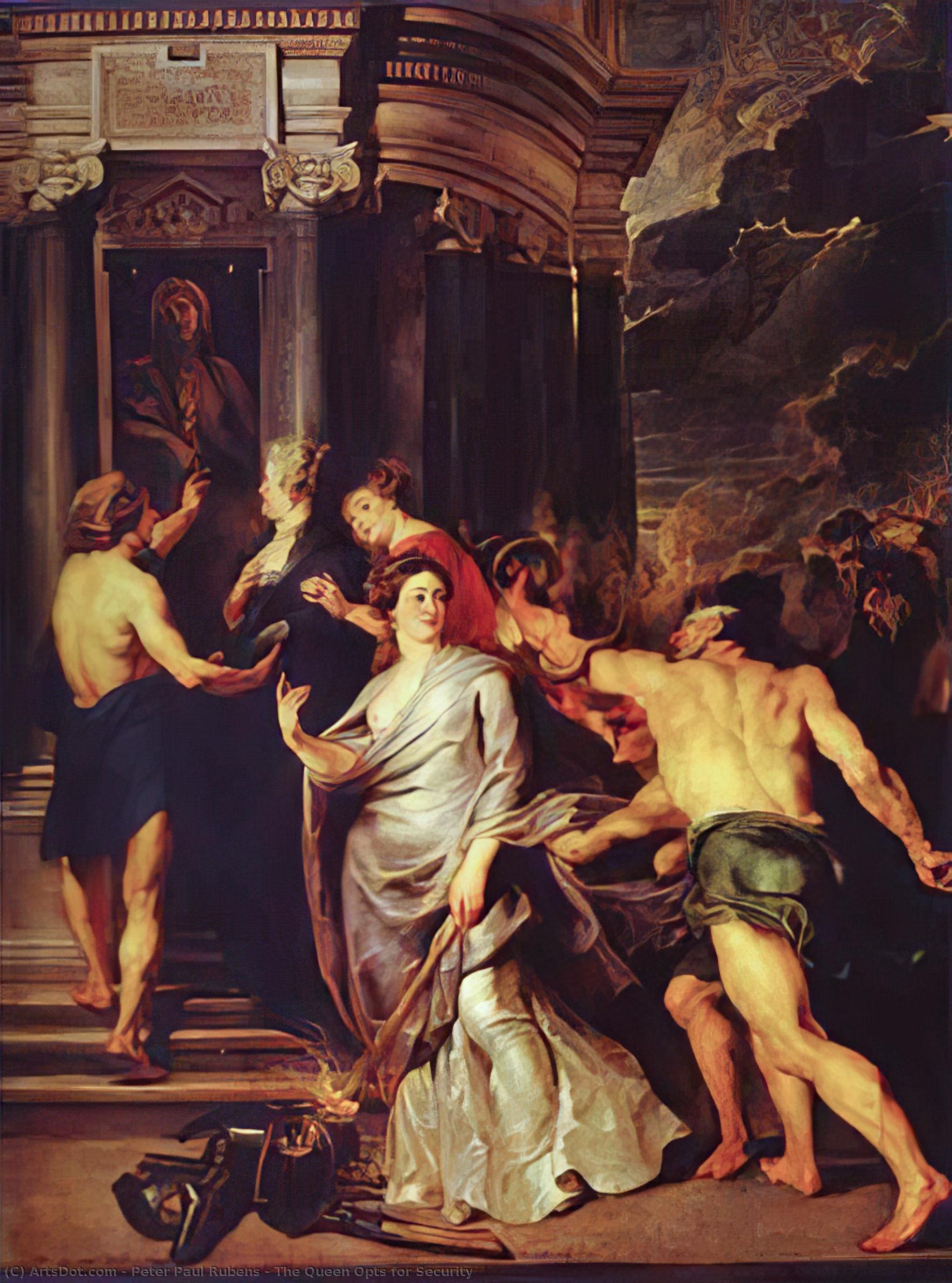
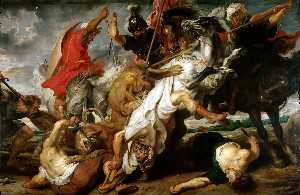
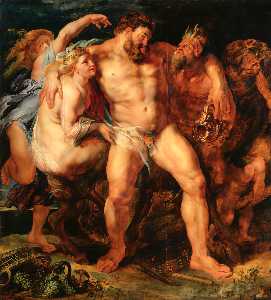
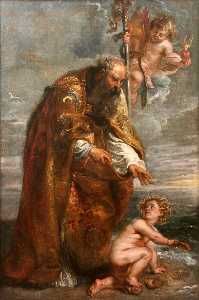

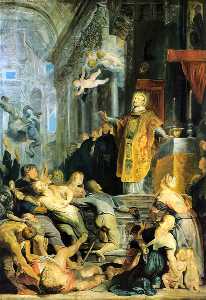

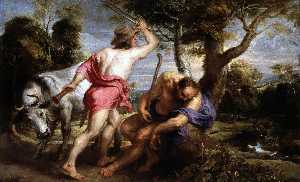

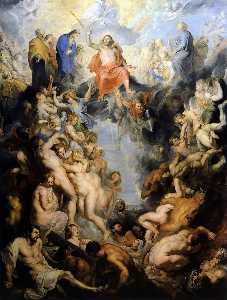
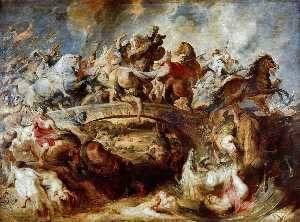
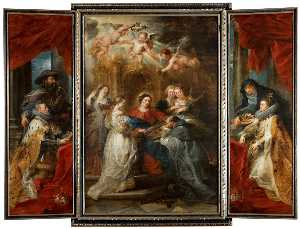
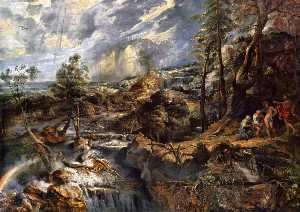

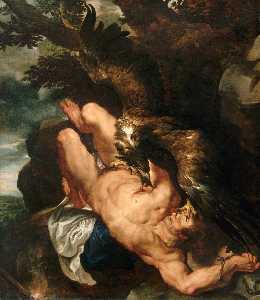
 Note that a few countries have copyright terms longer than 70 years: Mexico has 100 years, Colombia has 80 years, and Guatemala and Samoa have 75 years. This image may
not be in the public domain in these countries, which moreover do not implement the
Note that a few countries have copyright terms longer than 70 years: Mexico has 100 years, Colombia has 80 years, and Guatemala and Samoa have 75 years. This image may
not be in the public domain in these countries, which moreover do not implement the